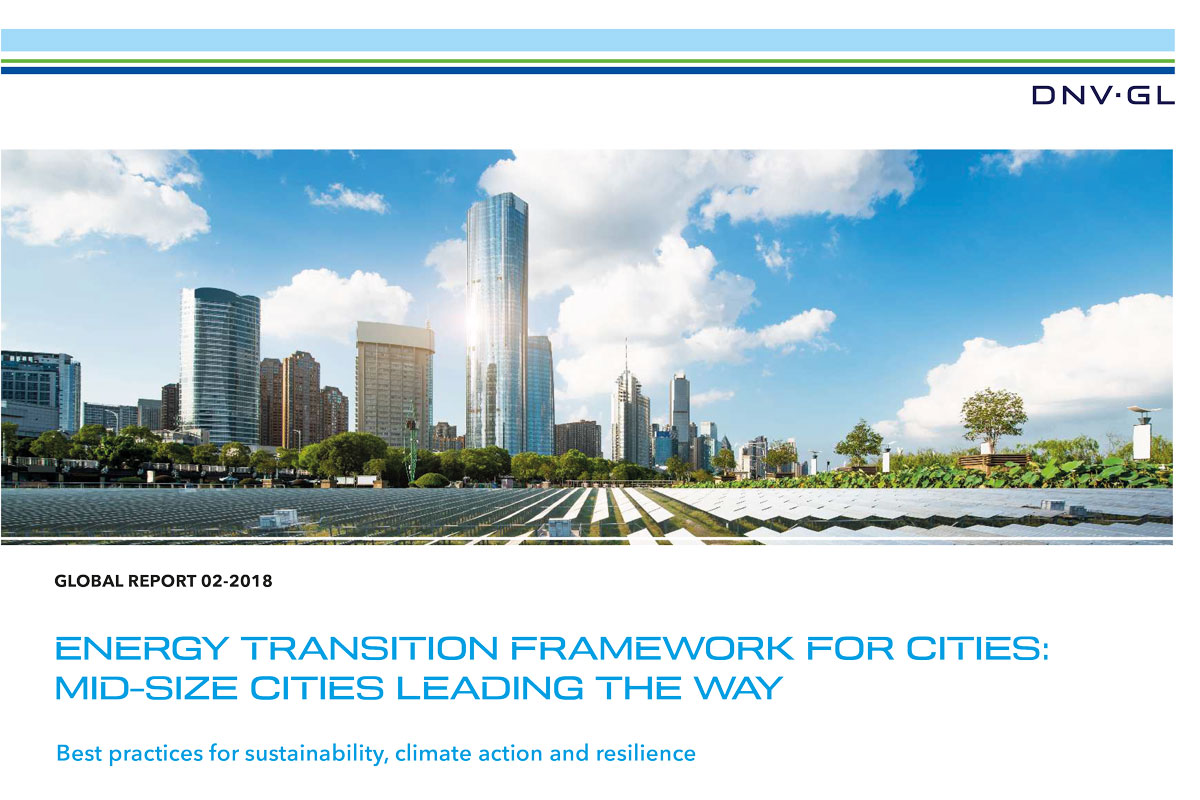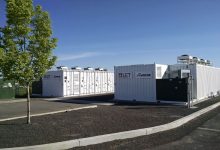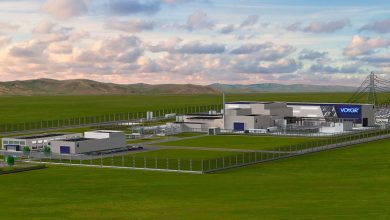Energy Transition Framework for Cities
Mid-size cities leading the way
DNV GL, the world’s largest resource of independent energy experts and certification body, has published a new report into the activities of cities around the world that are driving the global transition to a sustainable, decarbonized energy future.
The report ‘Energy Transition Framework for Cities’ finds that while megacities attract the headlines, significant innovation and leadership is occurring in mid-size cities, which are more numerous and comprise a greater portion of the world’s population in aggregate. Surveying the activities of ten of the most forward-looking and pioneering cities globally, the report identifies best practices that other cities can use to achieve sustainability and economic development goals, as well as opportunities for partnerships to accelerate the energy transition.
Cities consume about 75% of the world’s primary energy and contribute around 60% of global greenhouse gas emissions. Yet until recently, many municipalities didn’t see energy policy as part of their statutory powers. However, cities are now becoming significant players in the energy markets and actively accelerating the shift to a cleaner, more efficient and decarbonized energy supply to address increasingly urgent community concerns.
In Energy Transition Framework for Cities, DNV GL examines the policies and initiatives of 10 pioneering cities from the Americas, Europe, the Middle East, Asia and Australia who are at the vanguard of this transition, assessing these activities in seven key dimensions. It finds that cities are increasing their staff and resources through the creation of new programmes, partnerships and services focused on energy generation, procurement and use. While cities have had a great deal of success setting aggressive climate and energy targets and implementing programmes in their own operations, other areas related to financing and resilience remain challenging for them. Although specific strategies and approaches are varied, the Energy Transition Framework described in the report identifies best practices and recommendations for cities to adopt in their own planning processes.
“At DNV GL, our vision for a safe and sustainable future requires a broader view across multiple dimensions of the energy transition. Driven by inconsistent international leadership and enabled by changes in technology, energy markets and regulation, cities have emerged as significant players in the energy transition. But there are some challenges they cannot face alone. As our report highlights, utilities, energy providers and other companies have a big opportunity to step up and help cities meet these challenges. Together, we can enhance the lives of millions by creating more livable and sustainable cities,” says Richard Barnes, Executive Vice President and Regional Manager, Energy North America at DNV GL.
“It’s clear that there is no single correct path to a decarbonized energy future for cities. Some cities have been driven by their citizens and others have implemented top-down initiatives. For instance, in Bristol in the UK, the vision of one person – the mayor – was picked up by the whole community. But by drawing on the commonalities across leading cities, we believe the best practices in our report provide a roadmap for other cities who want to embark on the energy transition journey to improve quality of life, sustainability and resilience in our cities for generations to come,” adds lead author Betty Seto, Head of DNV GL’s Sustainable Buildings and Communities Department.
The world of energy is changing – over the next 35 years, electricity consumption is expected to increase by 140%. Furthermore, society expects energy to be greener, more reliable and more affordable,” highlighted Ditlev Engel, CEO DNV GL – Energy.
The Energy Transition Framework for Cities is compiled with input from over 20 experts from across DNV GL based on decades of experience in sustainable buildings and communities. In the United States alone, DNV GL has more than 350 experts and data analysts specialized in climate planning, energy efficiency and energy management, sustainable buildings and vibrant communities. Through their programs, they have supported hundreds of cities and their energy partners across the world.
You can find the report here.







